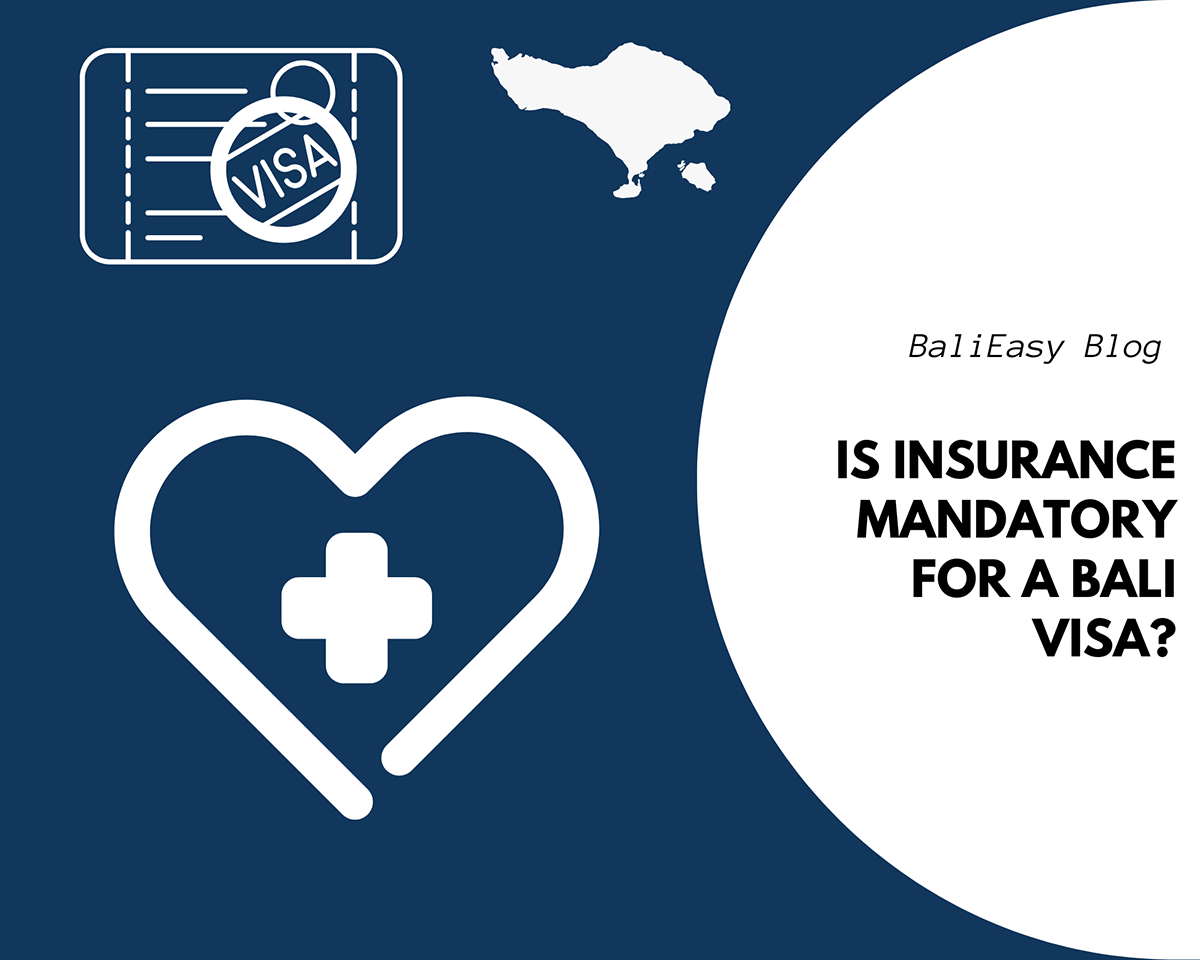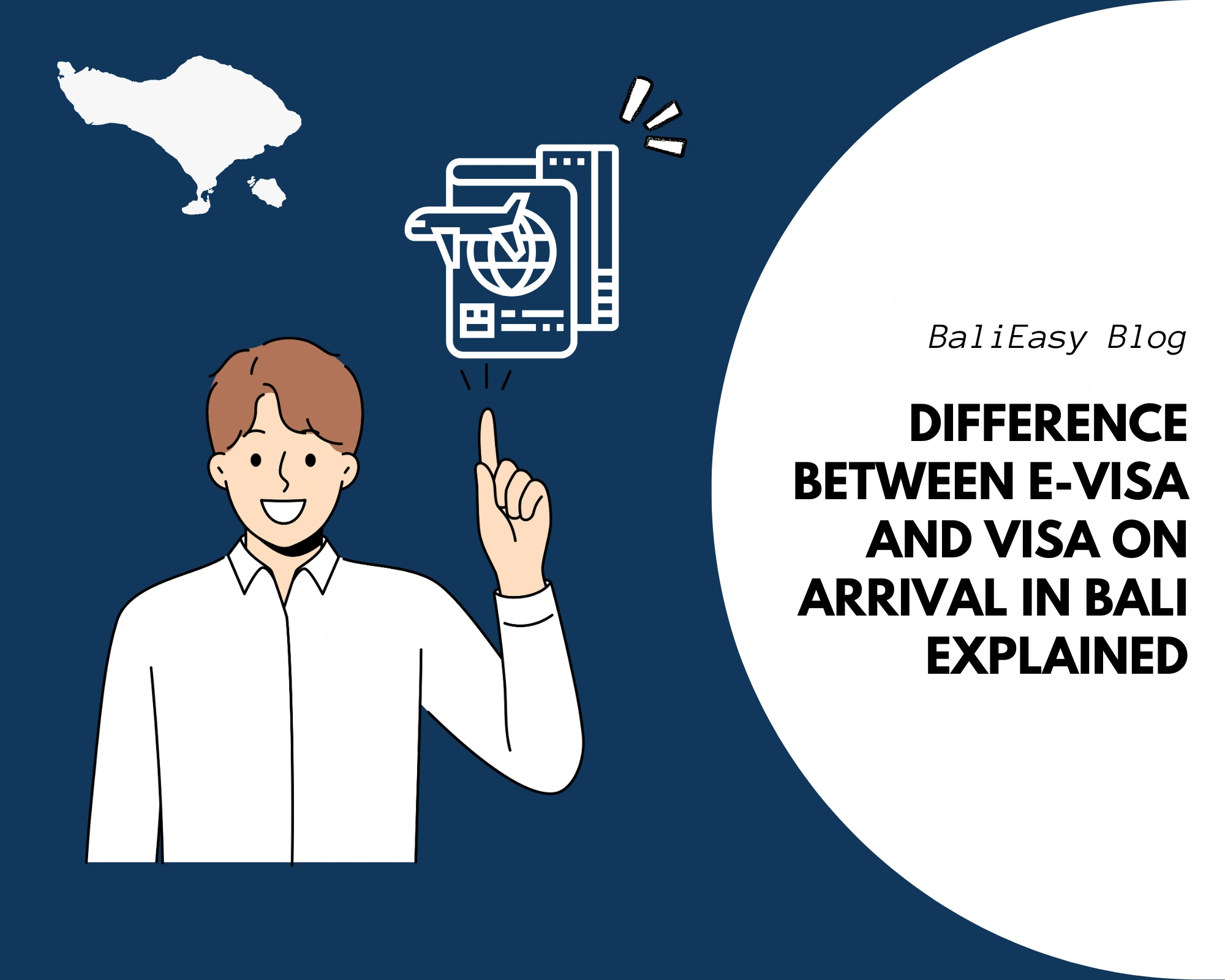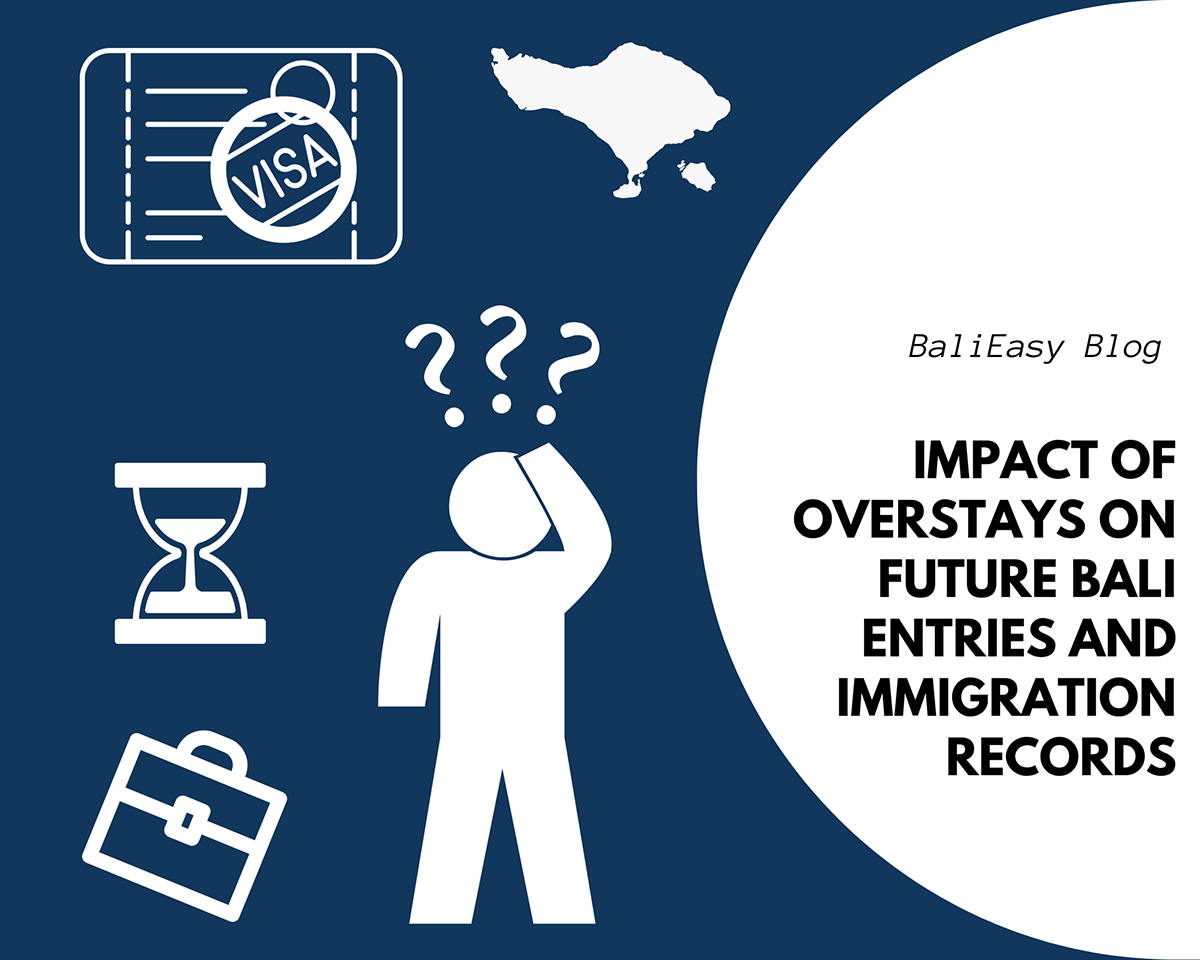
Is Insurance Mandatory for a Bali Visa? (Updated 2025)
No, travel insurance is not required to get a Bali visa. Indonesia removed the mandatory insurance rule in 2022 and

Quick Answer: An e-Visa is any visa issued electronically before travel, including both short-term tourist visas and longer-stay options. A VOA (Visa on Arrival) is a short-term visa obtained at the airport after landing, valid for 30 days and extendable once. An e-VOA (Electronic Visa on Arrival) is the same as a VOA but applied for online before departure, offering a faster, queue-free arrival process.
To avoid confusion, here’s what each term typically refers to in the Bali visa system:
In summary, e-VOA = a type of e-Visa, but not all e-Visas are e-VOAs.
An e‑Visa is a general term for any type of visa that is issued electronically before you enter a country. In Indonesia, it acts as an umbrella category for visas that are applied for online, whether for short visits or longer stays.
This includes both:
Unlike eVOA, which is meant for short visits and easy entry, other e‑Visa types may allow you to stay longer in Indonesia, extend your visa multiple times, or live in Bali for work or retirement, depending on the visa’s purpose and conditions.
Most e‑Visas must be processed online through Indonesia’s official immigration portal at evisa.imigrasi.go.id. However, the system can be overwhelming for many travelers, especially when the visa type requires a local sponsor, multiple supporting documents, or strict formatting. Errors in submission can lead to delays, rejections, or missed travel dates.
That’s why many visitors choose to work with Visa BaliEasy, a trusted local partner who ensures everything is submitted correctly, on time, and in accordance with the latest immigration regulations. We take care of the complexities so you don’t have to worry about navigating the process alone.
For longer stays or visa types that allow more freedom to live and work in Bali, explore our complete overview here: Long-Term Living in Bali for Foreigners
Not sure which visa best fits your travel plans, length of stay, or purpose in Bali? Our Bali visa comparison guide breaks down the key differences and helps you choose the right one for your trip.
A Visa on Arrival is available to eligible passport holders who simply arrive at an approved Indonesian entry point (such as Ngurah Rai International Airport (DPS) in Bali) and pay the visa fee on the spot.
Key characteristics of VOA for Bali:
If you’re unsure what documents are needed or how the application process works, this step-by-step guide to Bali Visa on Arrival explains how to apply both online and at the airport.
While the VOA is convenient for spontaneous or last-minute trips, it often comes with long queues at the airport and no guarantee of a quick entry process.
So what’s the better option? That’s where the eVOA (Electronic Visa on Arrival) comes in. Let’s take a closer look at what eVOA is and why it’s the preferred choice for travelers visiting Bali today.
The eVOA is essentially an improved, digital version of the regular VOA. It is applied for before travel, through Indonesia’s official immigration website: evisa.imigrasi.go.id
Key benefits of using eVOA for Bali:
However, navigating the online application can sometimes be confusing, especially if it’s your first time or if the system experiences errors.
That’s why many travelers choose Visa BaliEasy.
We handle the entire eVOA process for you, from submission to approval, so your visa is ready before you land in Bali. No stress, no mistakes, just fast approval.
Ready to apply? Apply for Your eVOA with Visa BaliEasy here
As of February 14, 2024, the government of Bali has introduced a mandatory tourism levy for all foreign visitors entering the island. This fee is separate from your visa and must be paid once per visit, regardless of how long you stay.
Key Details:
For detailed instructions and common questions, check our full guide: How to Pay the Bali Tourist Tax (2025).
Why It’s Important:
Proof of payment is now a requirement at immigration checkpoints. If you haven’t paid in advance, expect to be redirected to payment counters, which can delay your entry process.
To avoid lines and confusion, it’s best to pay the levy online before your flight. You can also pay the Bali Tourist Levy directly through Visa BaliEasy, we’ll process the payment on your behalf and send you the official confirmation, so you’re fully prepared when you arrive in Bali.
The e-VOA and the VOA share many important similarities:
Everything is done in advance. You apply, pay, and receive your visa approval before departure online. When you land in Bali, you simply head straight to the immigration counter without stopping at the VOA payment line .
Indonesia has introduced autogate lanes at Ngurah Rai (Bali) and Soekarno-Hatta (Jakarta) airports for travelers who hold an e-Passport and e-VOA. The inspection process takes as little as 35–60 seconds, significantly reducing waiting times compared to manual processing .
All payments are made online with major credit cards like Visa, Mastercard, or JCB so there’s no need to prepare cash or worry about exchange rates on arrival .
The e-VOA portal clearly lists all requirements, visa fees (IDR 500,000), and stay rules, including a 30-day validity, extendable once for another 30 days. You can also track your application online to see when your approval is issued .
The Indonesian government regularly updates the list of nationalities eligible for VOA and e-VOA, along with approved airports, seaports, and land borders . You can check the latest list here: Eligible Countries for e-VOA
The e-VOA allows a 30-day stay, which can be extended once for another 30 days, so in total you can stay up to 60 days in Indonesia.If you plan to stay longer, you can easily extend your eVOA through Visa BaliEasy.
Visa BaliEasy also provides assistance for other visa extensions, like the C1/211A Tourist Visa, helping you stay legally in Bali with minimal hassle and complete peace of mind. If you’re unsure whether to choose an e‑VOA or a 211A visa, our e‑VOA vs. C1/211A comparison guide breaks down the key differences to help you decide.
While the e-VOA system offers great convenience, the application process can still feel unfamiliar for first-time visitors, especially when preparing documents or navigating online requirements. That’s where Visa BaliEasy makes the process smoother.
Visa BaliEasy isn’t just an eVOA service. It’s your reliable partner for every step of your stay in Bali, whether you need help with an eVOA, a C1/211A Tourist Visa, a C2 Business Visa, or an extension of your existing permit. Our team ensures every application is submitted accurately, approved on time, and fully compliant with Indonesia’s latest immigration rules.
With Visa BaliEasy, you can focus on your travel plans while we handle the paperwork, fast, secure, and stress-free.
Apply for Your Visa with Visa BaliEasy here.
In short, an e-Visa is any visa issued online before travel, covering both short and long stays. A VOA is a short-stay visa you get at the airport, while an e-VOA is the same visa, but applied for in advance to skip queues and speed up arrival.
For most travelers, the e-VOA offers the best balance of convenience and flexibility. And if you want a smooth, error-free process, Visa BaliEasy can handle it all for you, from e-VOA to long-stay visas and extensions.

No, travel insurance is not required to get a Bali visa. Indonesia removed the mandatory insurance rule in 2022 and

Overstaying your visa in Bali is more than just paying a Rp 1,000,000/day fine. Every overstay is recorded in Indonesia’s
WhatsApp us
📌 How It Works: